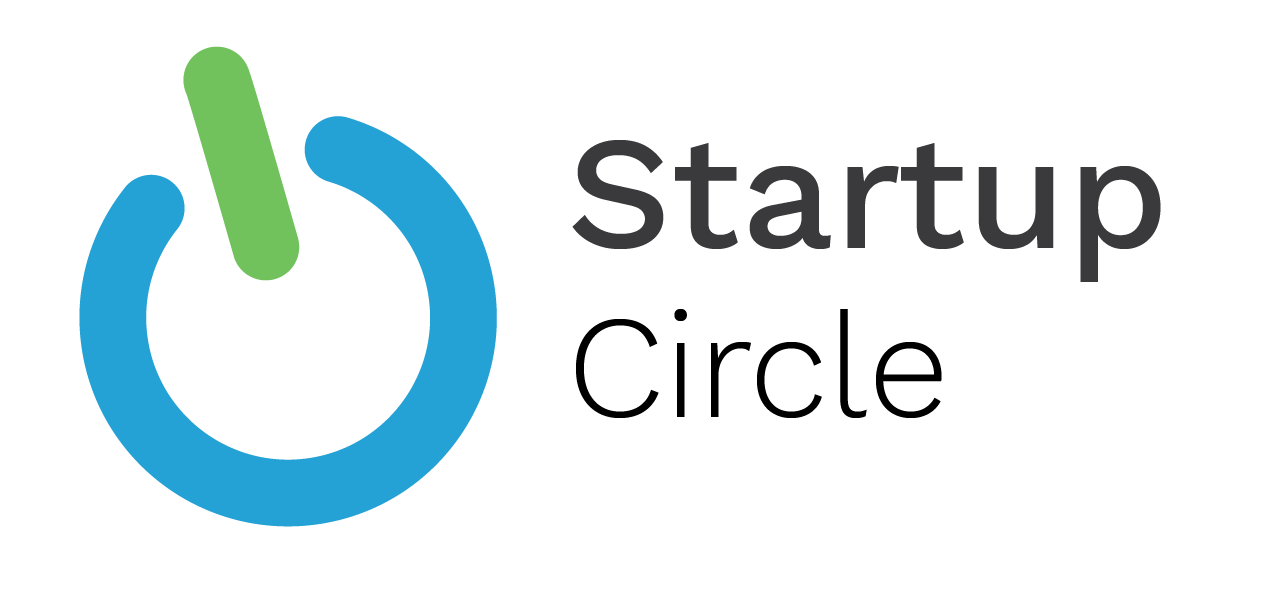2. Customer vs Product Development
In the previous article, we learned that Lean Startup has at its core the concept of ‘customer development’ as opposed to the more traditional approach of ‘product development’. In this article, we’ll dive a little bit deeper into what that difference is between the two, and explore the consequences of focusing on the customer rather than just the product.
Building Things No-one Will Pay For
A major reason why products fail is that we waste needless time, money, and effort building something nobody wants. Why is this? One reason is “The Innovator’s Bias” – our disproportionate bias or love for our solution. The will to invent and create new things and new methods is a strong force of nature.
I know that I tend to build things in order to solve problems that I have myself, and I know I’m not the only one who does that. One of the most surprising things that User Research teaches us is the realisation that not many people have quite the same problems that we do – or at least if they do, they frame them in quite different ways. In the past (and even sometimes now when I’m not paying attention) this has led me to go to enormous lengths of self-justification and elaboration. Anyone who has tried to develop a new product will recognize this cycle of ‘if we just add this one feature…’. It rarely is about that ‘one feature’ though.
I think another reason why we over-create is the confusion between innovation and invention. Whereas an invention is simply a new technology, method, or process, innovation is the process of finding new ways to solve existing problems. We are all in search of the new, but it turns out that you don’t actually need to invent something to be an entrepreneur or to bring something new to market. While it is true that inventions often come before innovations, many times it is the second or third market entrant that has the better innovation. Apple, for instance, tends to be much better at innovating than they are inventing. The iPod is a great example of taking an existing technology – the MP3 player – and using it to solve customer problems in a slightly better way. In this case, ‘slightly better’ was enough to catapult Apple to be one of the largest companies in the World.
So it is possible to succeed as an inventor, but it is much easier to succeed as a innovator. To be an innovator, though, it turns out that you have to get rather good at listening to other people, and what problems they have. Great marketers, have always known this, and now the rest of us are beginning to catch on.
Finding Customers That Will Pay For Your Solution
There’s no such thing as a new market – only different ways of solving old problems. Whereas there are rare exceptions where something genuinely new turns up, for the most part ‘new’ means ‘slightly better’. Facebook was a slightly better way of presenting the college Year Book. AirBnB is a slightly better way of staying away from home for short periods. What makes one solution preferred over another, and what makes people overcome their inertia to switch from one to the other, is of keen interest to innovators.
With the realization that there are no new problems, only new ways to solve existing ones, the search for a repeatable and scalable business model becomes one of figuring out what existing problem you are solving. That’s why we start with the customer – we need to understand that problem from the customer’s perspective in order to understand how our new solution solves their existing problem in a new way. The logical sequence for this is:
Customer -> Problem -> Solution -> Product -> Market
This is a ‘customer-led’ process. Compare that to the product-led process which starts with the process of developing a product, and finishes with the customer: ‘Customer Discovery’ is the process of discovering what is known as ‘fit’.
- Customer / Problem Fit – The identification of a group of people that have a common problem that is worth solving (During Ideation)
- Problem / Solution Fit – The identification of a solution that your first adopters are willing to pay for. (Moving from Ideation to Early Launch)
- Solution / Product Fit – The definition of a product that solves the problem in a significantly better way. (Progressing from launch to Early Traction)
- Product / Market Fit – Creating a product that has mass appeal outside of the first adopters (Traction)
Of these, the Problem / Solution Fit (identifying a problem worth solving), and the Product / Market Fit (finding a product that has mass appeal) are the most significant milestones. For an early-stage startup, however, the first three are the main focus, and they are what we focus on at Startup Circle. Reaching your first 100 customers is one of the most important criteria for acheiving Solution / Product fit.:
If you can find customers that will pay for solutions, then you are well on your way to be able to bootstrap your business, by funding your growth from your (ever-growing) customer base. In the next article we’ll learn more about bootstrapping – a vital tool in the Lean Startup arsenal.
Other Articles In This Series
Schedule a free consultation
0Paul Osborn
07930 150 888
(c) 2021 Startup Circle

